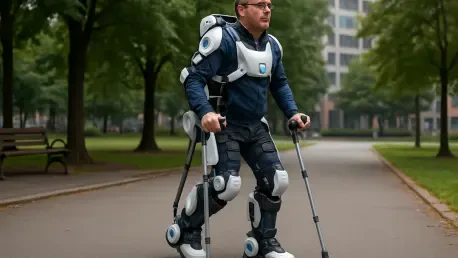
In a world where millions struggle with mobility impairments due to strokes, amputations, or other conditions, the promise of wearable robotic devices offers a glimmer of hope for restored independence, and the integration of artificial intelligence (AI) into helper exoskeletons marks a
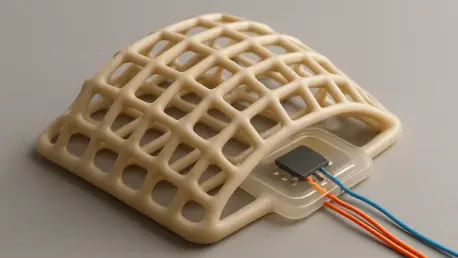
In a world where robots are increasingly tasked with delicate interactions, from surgical assistance to handling fragile objects, the challenge of replicating human-like touch remains a significant barrier, and tactile sensing—the ability to perceive and respond to physical stimuli with precision
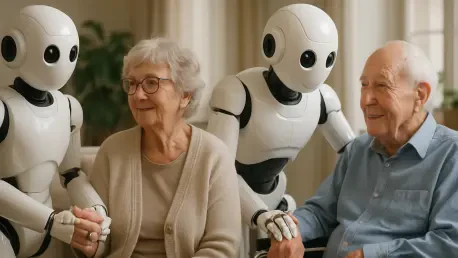
In a world grappling with aging populations and persistent caregiver shortages, the emergence of carebots—robots engineered to assist with daily tasks and offer companionship—presents a potential lifeline for strained social care systems. These advanced machines are designed to support older adults
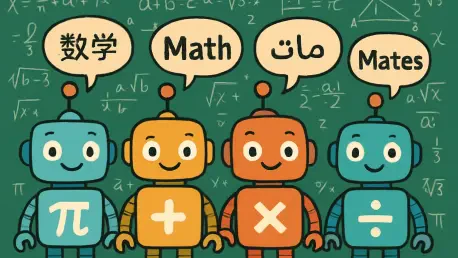
In a groundbreaking move to address persistent educational disparities, California has turned to cutting-edge technology to support its diverse student population, particularly English Language Learners (ELLs), who make up a significant portion of the state’s classrooms. With over 1 million ELL
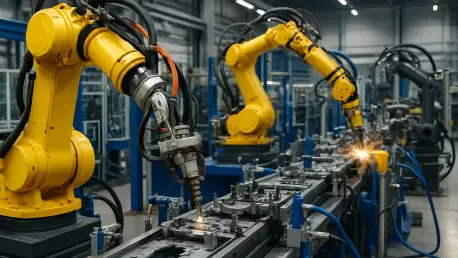
In an era where global markets demand unparalleled speed, precision, and adaptability, manufacturing industries are under constant pressure to innovate and stay ahead of the curve, with industrial automation standing as a transformative force. It redefines production through the seamless
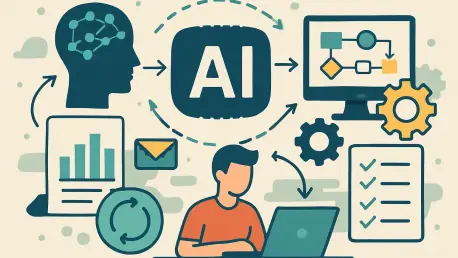
In today's fast-paced business landscape, the integration of artificial intelligence (AI) into daily operations is no longer just an innovative edge but a critical necessity for staying competitive, especially as organizations strive to scale efficiency without expanding headcount. Imagine a small